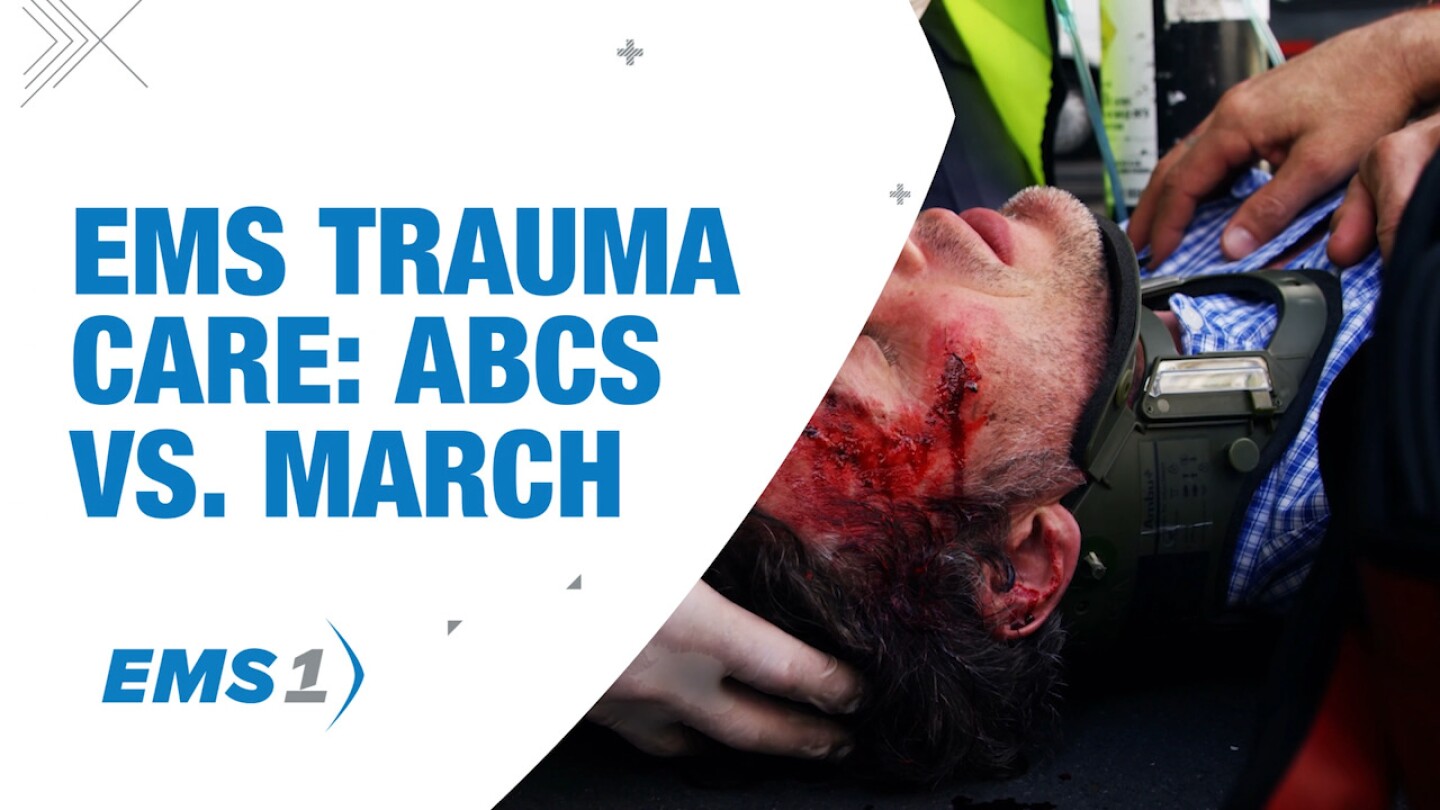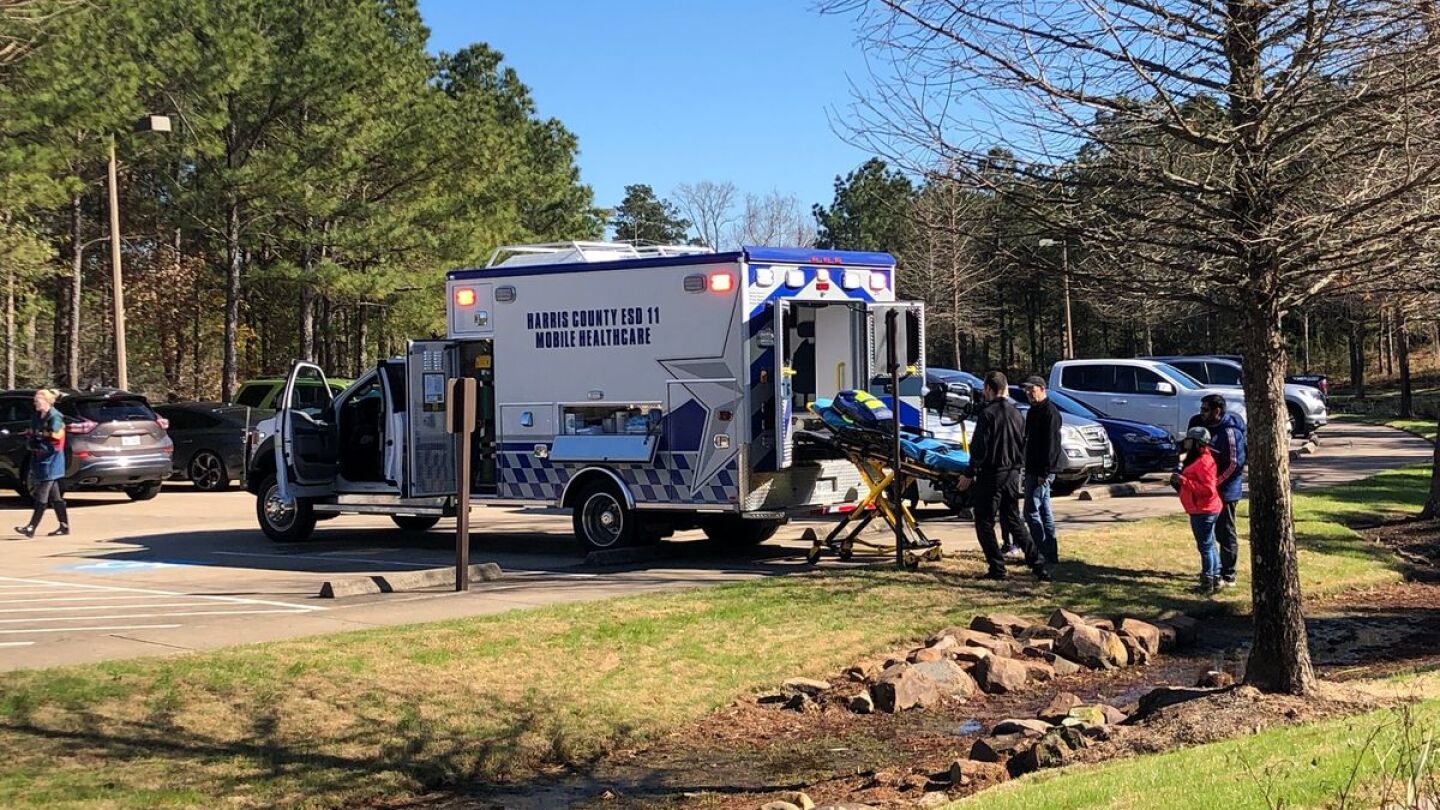EMS Training and Education
Your go-to resource for evidence-based EMS training, continuing education, instructor development and industry innovation. Find expert articles, videos, product reviews and specialized resources to support EMTs, paramedics, medical directors and educators. Stay current on instructor best practices, CEU requirements, virtual training trends, simulation strategies and educational policy affecting prehospital care.
EMS Training and Education Resources
Practical, authentic ways to show gratitude and strengthen community ties with the people who respond first when it matters most
5 tips to quickly find a patient’s radial pulse for vital sign assessment
Educating patients at the highest risk for suffering a fatal overdose
In EMS, staying up to date on the latest and greatest can be difficult; here are some top podcasts that will keep your skills sharp
From verifying airway placement to detecting early shock, capnography offers critical insight as part of a broader patient assessment
This advanced life support framework can help improve your trauma care
A single question can unlock memories that will distract your patient from their current pain – and fill your day
Books
A paramedic’s role is to help people and do the best they can for each patient
Harris County ESD11 Mobile Healthcare developed 10 commandments to set initial expectations while onboarding 200 paramedics
Equipped with advanced skills and telehealth integration, APPs bring life-saving interventions and community outreach to underserved populations
Former Army medic John Mark Hutchins would sometimes get frostbite while walking to paramedic school at Casper College
Albany Technical College’s Critical Care Paramedic program focuses on critical care specialties such as helicopter EMS, fixed-wing critical care transport and intensive care units
Caldwell County officials agreed to spend approximately $88K for the ambulance box as part of a focus on more hands-on training
Put away your Bee Gees record and try these holiday classics to keep the CPR pace this season
Federal funding allows for new, state-of-the-art simulation training in EMS for fire and EMS personnel in Gearhart
Our cohosts tackle system design, enhancing education standards and personal accountability
Steve Whitehead asks, does your pulse ox probe fail you, or do you fail it?
A verbal attack can be personal; here’s how to deflect the attack and minimize the damage
There are great EMS employers out there, but finding them takes time, and the willingness to take risks on the unknown
The training with Owensboro Community & Technical College is based on the success of an an accelerated paramedic class done with AMR
Steve Whitehead will tell you why your BVM technique needs to go in this episode
Learn what to look for, including P-to-P intervals, to identify atrial flutter
Grant funding brought together personnel from 26 agencies to hold ASHER training involving a simulated shooting at a polling place in Amesbury
Empower your personnel to become pediatric ready
Books
From learning resources to comic relief, there’s something for everyone
Suspect physical abuse of a child when there is a mismatch between the reported mechanism of injury, patient history and the physical exam findings
The Hall Ambulance employees were recognized for their work in EMS education and outreach
A busy roadway is hands-down the most dangerous environment where we routinely work
The investigation examines claims of misconduct and potential exchange of benefits, such as free training, as Wallingford scrutinizes its ties with New Britain officials
Four paramedics from Kassel, Germany, are spending three weeks with Virginia Beach EMS to learn new ways to save lives
You have to first possess and practice traits like kindness and compassion before you can pass the sentiment on to your patients
Sudden cardiac arrest can strike without warning, and every minute counts
Becoming a paramedic starts in the classroom
Follow these tips to ensure success, enjoy the experience, and leave school with a diploma and a smile
Nobody is born with the ability to respond to 911 calls, but these perspectives can help anyone in EMS provide better care and appreciate the ride
Are those historical skills a blessing or a curse?






































